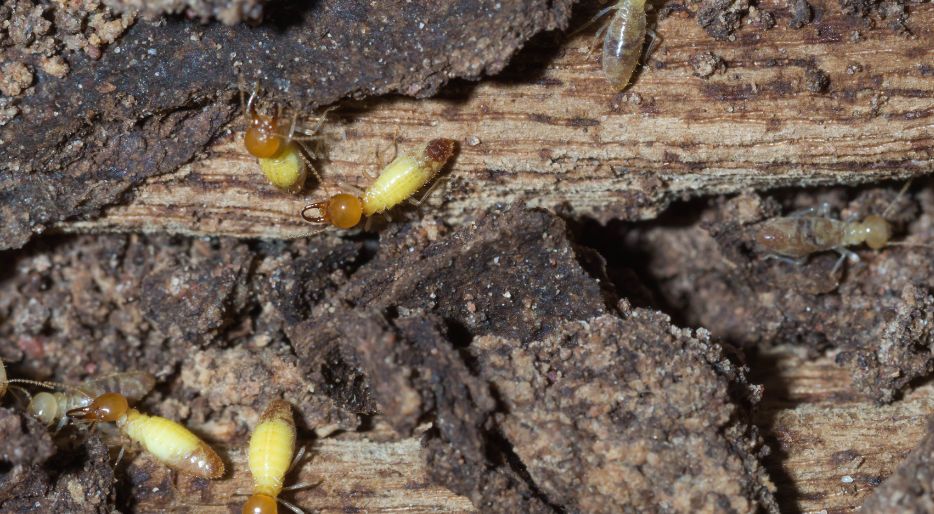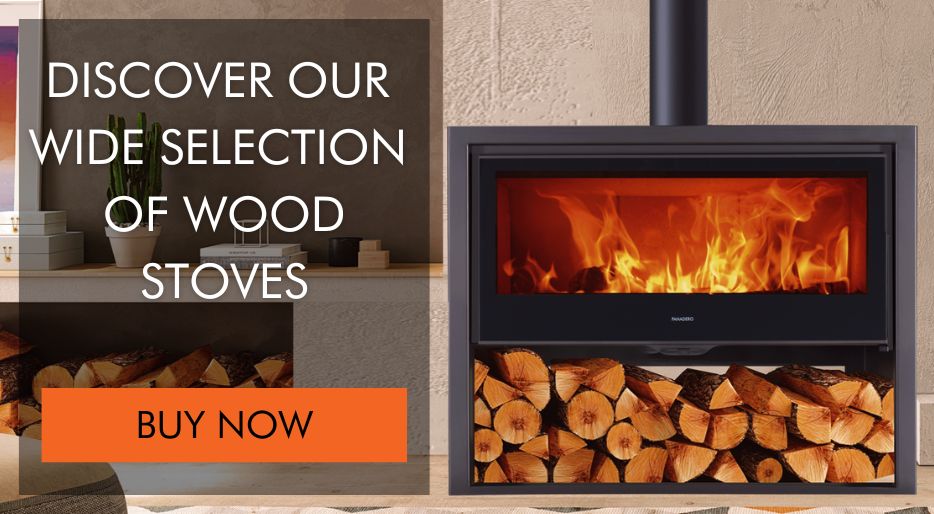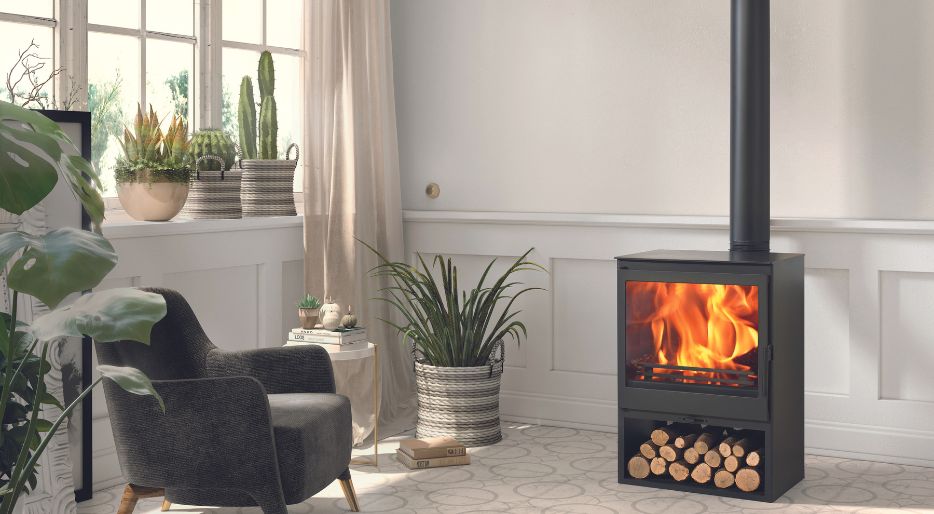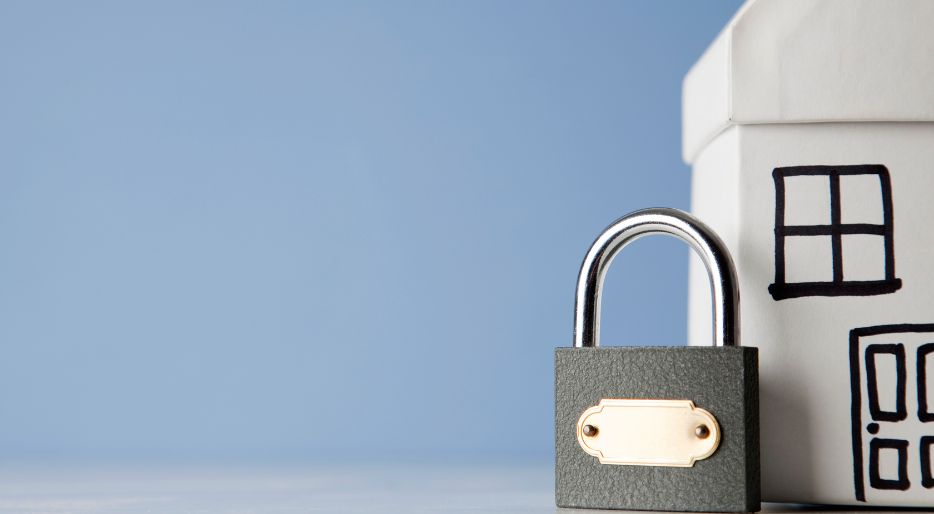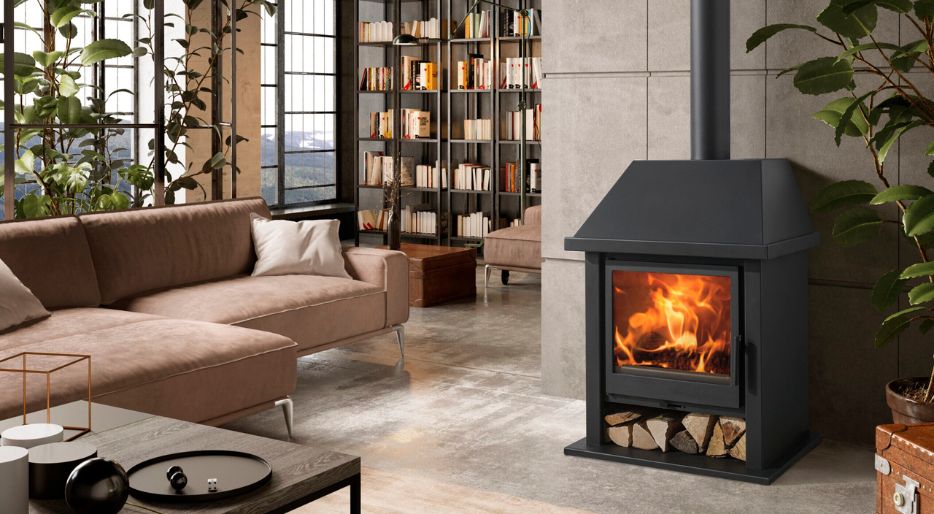Did you know that wood termites can be a real headache for wood stove owners? These tiny pests are capable of causing significant damage to firewood, which can compromise the safety of your home and affect the performance of your stove. If you’re concerned about termites in the firewood you use to heat your home… don’t worry! In this post, we’ll tell you everything you need to know about wood termites: how to identify, prevent and eliminate them. Join us on this journey to learn how to protect your home from these pesky pests. Here we go!
What are wood termites?
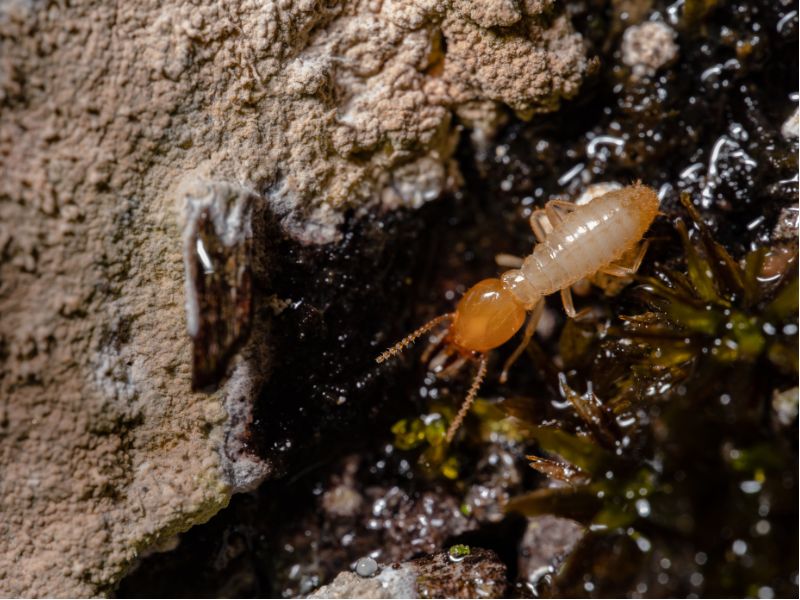
Wood termites are social insects that feed on the cellulose present in wood and other plant materials. They are considered one of the most destructive pests that can affect a wooden structure, since their activity can cause serious damage to the structure and stability of a house, as well as to the wooden objects inside it.
It is important to be aware of this type of pests because, although termites do not represent a risk to human health, their presence can compromise the safety of a wooden structure, such as a wood stove. Moreover, if not detected in time, they can cause costly damage that can be difficult and expensive to repair.
For this reason, it is critical to learn how to identify the signs of a wood termite infestation and take preventative measures to avoid their appearance, as well as act quickly to eliminate them if they are detected. With a little knowledge and effort, you can protect your home from wood termites and keep your wood stove in perfect condition to heat your home.
Identifying Wood Termites
To identify wood termites, it is important to know what they look like. Wood termites are small, brown or whitish insects, measuring approximately 6 to 15 mm long, depending on the species. Their body is divided into three parts: the head, thorax and abdomen.
The head of wood termites is relatively small, with strong mandibles used for chewing wood and other plant materials. Their antennae are straight and composed of many small segments.
The thorax of wood termites is long and slender, with six segmented legs that are used for walking and transporting the materials they collect for food. Termites also have two pairs of membranous wings that are longer than the body and allow them to fly during the mating season.
The abdomen of wood termites is large and rounded, and contains the termite’s digestive and reproductive system. This segment may also contain bacteria and protozoa that help digest wood cellulose and other plant materials.
How to identify its presence in firewood
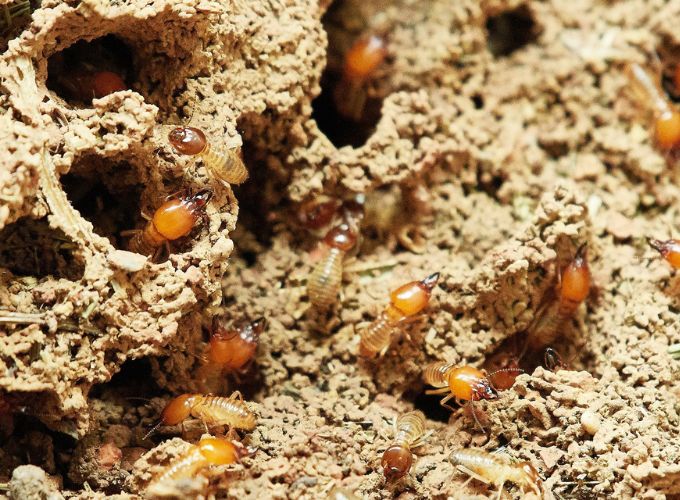
To identify the presence of wood termites in firewood, we must be attentive to certain signs and symptoms. Some signs that can indicate the presence of termites are:
- Tunnels and galleries: Wood termites build tunnels and galleries in wood to move and feed. These tunnels are very small in size and can be difficult to see with the naked eye, but if we examine the firewood closely, we can find holes or small openings in the surface of the wood.
- Sawdust and droppings: Wood termites produce sawdust and droppings that can accumulate around the holes and galleries they have excavated in the wood. If you find small piles of sawdust near firewood or small flecks of droppings, termites may be present.
- Crunching sounds: Wood termites make noises as they feed and move within the wood. If you hear crunching sounds or movement inside the wood, termites may be present.
- Wings: If you find small termite wings on or near the surface of the firewood, it may be a sign that termites are present. Termites often lose their wings after mating, so the presence of wings on firewood can be an indicator of an active infestation.
If we detect any of these signs, it is important to contact a professional to help you eliminate the infestation.
Causes of Termite Infestation in Firewood
Wood termites usually appear in places where conditions are conducive to their survival and growth. Some of the factors that can attract termites to firewood are:
- Moisture: Wood termites need moisture to survive. If firewood is exposed to constant moisture, either from rain or condensation, termites can find an ideal environment to establish and thrive.
- Temperature: Wood termites prefer warm, humid temperatures. If firewood is stored in a warm, humid location, it may be more prone to termite infestation.
- Type of wood: Some types of wood are more prone to termite infestation than others. Softwood, such as pine, is more susceptible to termites than hardwood, such as oak.
- Storage: If firewood is stored in a location where termites are already present, such as in an area with an active infestation, it is more likely to become infested.
- Use of firewood: If firewood is used as fuel in a stove or fireplace, it can attract termites. Burning wood gives off carbon dioxide, which is attractive to termites.
Prevention of termites in firewood
The prevention of termites in firewood is essential to avoid their appearance in our wood stove and, therefore, prolong the useful life of the stove. Below are some measures that can be taken to prevent the appearance of termites in firewood:
- Proper storage: firewood should be stored in a dry place away from moisture. It is advisable to keep it in an elevated place and away from the ground, since moisture in the soil can favor the appearance of termites.
- Regular inspection: It is important to regularly inspect firewood for any signs of infestation. If termite holes, tunnels or droppings are observed in the firewood, it is likely that there is an active infestation.
- Preventive treatment: Anti-termite products can be used to treat firewood prior to storage or use in the wood stove. These products are available in specialty stores and are easily applied with a brush or sprayer.
- Choice of wood: When choosing wood for firewood, it is advisable to opt for hardwood rather than softwood. Hardwood is more resistant to termites and therefore less prone to termite infestation.
- Use of firewood: When burning firewood, it is important not to leave burned wood in the stove. It is best to remove burned wood debris and clean the stove regularly to avoid the accumulation of residues that can attract termites.
How to eliminate termites from wood
If the presence of termites has already been detected, it is important to take steps to eliminate them and prevent their spread. Below are some options for eliminating termites from wood:
- Chemical treatments: specific chemicals can be used to kill termites or treat the wood with products that prevent their appearance. However, these products can be toxic and should be used with caution.
- Heat: Heat is an effective way to eliminate termites from wood. A specialized furnace can be used to heat the wood to a high temperature that kills termites. It is important to note that this method can only be used on small amounts of wood.
- Freezing: Freezing is another effective way to eliminate termites from wood. Infested wood can be placed in a freezer at a temperature of at least -20 degrees Celsius for at least 72 hours. This method is effective in eliminating both termites and their eggs.
- Fumigation: Fumigation is an effective method of eliminating termites. A toxic gas is used to kill termites in wood and anywhere else they are found.
Important: All of these options should be performed by trained professionals.
Conclusion
In summary, wood termites can be a threat to your firewood and wood stove, and it is important to take preventative measures to avoid their occurrence. Some preventive measures include storing firewood in a dry place away from the ground, regularly inspecting the firewood and wood stove for signs of termites, and treating the wood with products that prevent termites.
If termites are detected in the firewood or wood stove, there are several options for eliminating them, including chemical treatments, heat, freezing or fumigation. It is important to keep in mind that some of these methods can be toxic or dangerous, so it is advisable to call a trained professional to perform the treatment.
Prevention is key to avoiding future termite infestations in your firewood and wood stove. Not only does it help maintain the quality and lifespan of the firewood and wood stove, but it also prevents material and financial damage. Therefore, it is recommended to take preventive measures and act quickly in case of detecting the presence of termites in the firewood or in the wood stove.
If you have any questions, please feel free to ask us! We hope this post has served as a guide. Take a look at our blog and find solutions and recommendations to help you with your fireplace or wood stove.
Visit our online store for Panadero wood stoves. If you have any questions or need help choosing the right stove, don’t hesitate to contact us. We will be happy to help you.
Articles of interest:
- The importance of fireplaces in the Middle Ages: How did wood-burning stoves revolutionize homes?
- Uses for wood ash
- The symbolism of wood-burning fireplaces in different cultures and epochs
- The most famous chimneys of cinema
- Chimneys and legends: The scarecrow-witch in the chimneys of Aragon, Spain
- Make your home a sustainable space
- Different ideas for decorating the fireplace wall
Did you like this article? If so, help us spread it 😊 . Click on the buttons below here and feel free to share it on your social networks!
Thank you for reading!
↓ ↓ ↓ ↓
